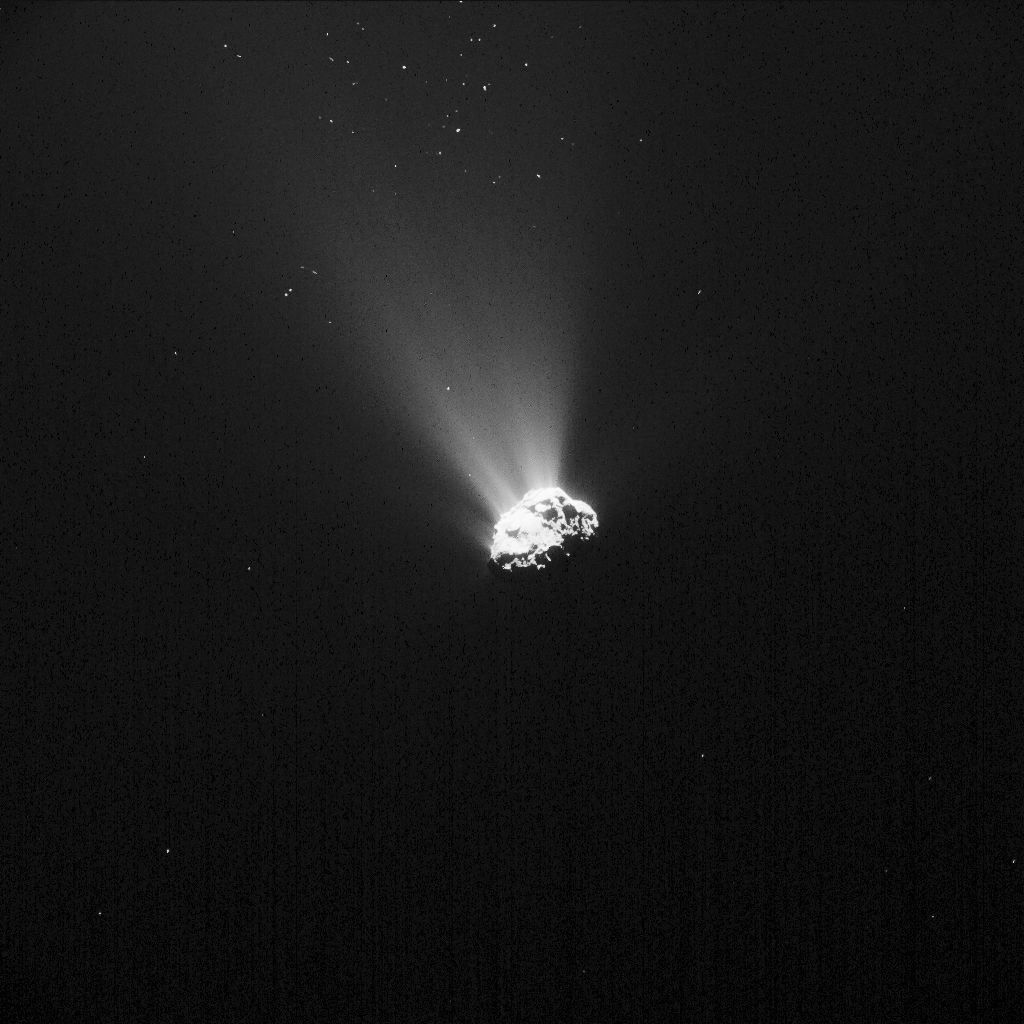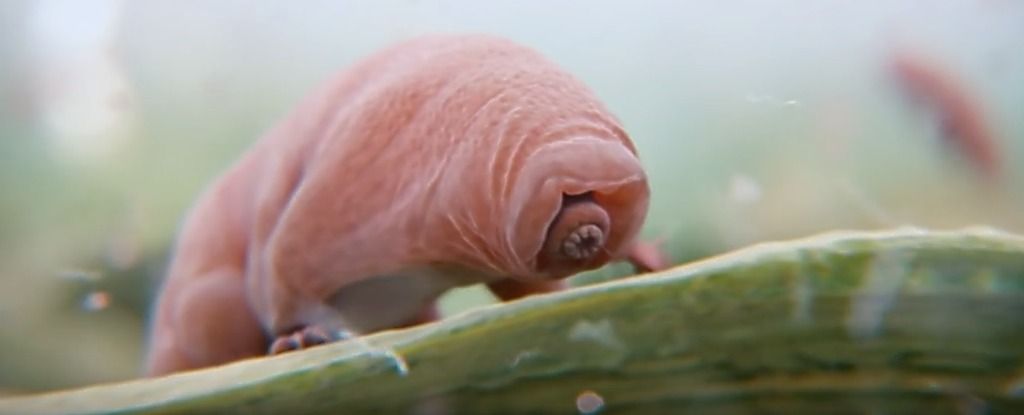“There is growing interest in Europe to prioritize the moon as humanity’s next deep-space destination.”

“There is growing interest in Europe to prioritize the moon as humanity’s next deep-space destination.”
While many people are looking back on pivotal events of 2015 — famous deaths, terrorism, and the horse and pony Republican presidential debates — a disturbing solar flare report is trending again.
Recently, the White House made preparations for unpredictable and severe space weather events. And much of the clamor focuses on the possibility of a catastrophic coronal mass ejection striking Earth, citing an AOL latest news story.
According to a Newsy video report (below), an intense solar flare narrowly missed a direct hit with Earth by a matter of days in 2012. NASA said an intense CME launched towards the planet at speeds of over 6 million miles per hour.

Here’s one way to end the year on a bright note.
A powerful solar storm set to slam Earth today will make for stunning views of the Northern Lights just before New Year’s Eve. The National Oceanic and Atmospheric Administration’s Space Weather Prediction Center said the “strong” storm could allow the Northern Lights to dip as far south as Oregon and Illinois.

Part of NASA’s recently passed budget plan laid out by Congress urges the space agency to develop a prototype deep space habitat by as early as 2018.

It’s been a short 20 years since Mayor and Queloz first detected 51 Peg b, the first exoplanet discovered around a solar type star. This is my personal take on this all; kind of takes me back. I can still smell the thyme at Haute-Provence.

“[Dave Valeza] captures the wonder artists worldwide have experienced with the rejuvination of the space industry of the past few years. From finding water on Mars to landing reusable rockets (plural!), 2015 has been a great year for space, and artists are loving it.”
A superconductor that deflects cosmic radiation away from interplanetary spacecraft sounds like science fiction, but it’s on its way to becoming reality. Tim Dean reports.

Philae and Rosetta have already been spectacular successes, but ESA wants to tease some last minute new data from the comet lander on 67P/C-G if it can re-establish contact.
More than a year after the European Space Agency’s (ESA) Philae spacecraft made history with the first-ever successful touchdown on the surface of a comet — 67P/Churyumov-Gerasimenko, its Rosetta spacecraft is still trying to re-establish contact with its now-silent lander.
“We’re trying to contact the lander once more before that area goes back into shadow,” Joel Parker, Deputy Principle Investigator on Rosetta’s ALICE ultraviolet spectrograph and a planetary scientist at the Southwest Research Institute (SWRI) in Boulder, told me. “We’re really trying to coordinate the spacecraft distance- and location-wise to optimize communication.”
ESA says Philae’s communications issues are probably the result of very low temperatures experienced by the lander in the months immediately following its landing at the dark Abydos location. Although the space agency says that communications were re-established on June 13th, and then intermittently on several occasions since, they still maintain hope that the constantly changing thermal conditions on Comet 67P will enable one last stable contact with Philae. That is, one that would allow the lander to continue taking surface data from the 4 km-diameter comet.
Superclusters – regions of space that are densely packed with galaxies – are the biggest structures in the Universe. But where does one end and another begin? And where are we in the picture?
This article was reproduced with permission and was first published on September 3, 2014. It is a Nature Video production.

Tardigrades — known affectionately as water bears or moss piglets — have pretty much got it all. These microscopic invertebrates are capable of surviving the most extreme conditions you could dream up, including prolonged desiccation and near-100 percent water loss, freezing and boiling temperatures, intense ionising radiation, and the vacuum of outer space.
Scientists have discovered that to survive extreme desiccation, tardigardes produce a special type of ‘bioglass’ to hold essential proteins and molecules together until they’re rehydrated back to life. Now they’re figuring out how to use this mechanism to develop drought-resistant crops and longer-lasting vaccines.
Back in September, researchers from the University of Chicago announced that they’d discovered a new type of glass — one produced internally by the tardigrade during desiccation. While they’re yet to figure out exactly how the glass is formed, they concluded that it’s produced as a protective mechanism to ensure that tardigrades can survive losing pretty much all of the water in their cells.